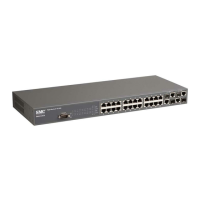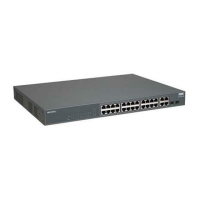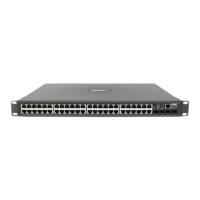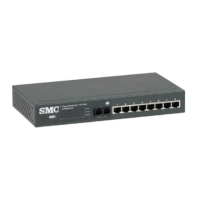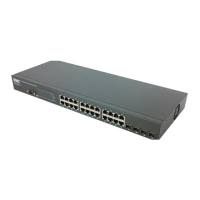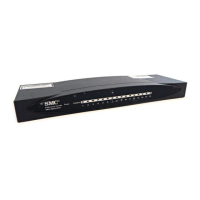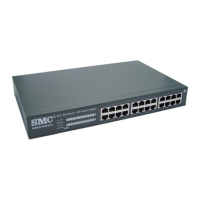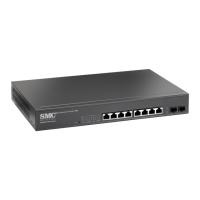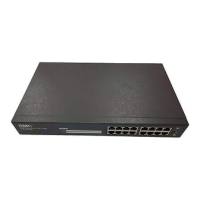A
CCESS
C
ONTROL
L
IST
C
OMMANDS
4-125
• The control-code bitmask is a decimal number (representing an
equivalent bit mask) that is applied to the control code. Enter a
decimal number, where the equivalent binary bit “1” means to match
a bit and “0” means to ignore a bit. The following bits may be
specified:
1 (fin) – Finish
2 (syn) – Synchronize
4 (rst) – Reset
8 (psh) – Push
16 (ack) – Acknowledgement
32 (urg) – Urgent pointer
For example, use the code value and mask below to catch packets with
the following flags set:
SYN flag valid, use “control-code 2 2”
Both SYN and ACK valid, use “control-code 18 18”
SYN valid and ACK invalid, use “control-code 2 18”
Example
This example accepts any incoming packets if the source address is within
subnet 10.7.1.x. For example, if the rule is matched; i.e., the rule (10.7.1.0
& 255.255.255.0) equals the masked address (10.7.1.2 & 255.255.255.0),
the packet passes through.
This allows TCP packets from class C addresses 192.168.1.0 to any
destination address when set for destination TCP port 80 (i.e., HTTP).
This permits all TCP packets from class C addresses 192.168.1.0 with the
TCP control code set to “SYN.”
Console(config-ext-acl)#permit 10.7.1.1 255.255.255.0 any
Console(config-ext-acl)#
Console(config-ext-acl)#permit 192.168.1.0 255.255.255.0 any
destination-port 80
Console(config-ext-acl)#
Console(config-ext-acl)#permit tcp 192.168.1.0 255.255.255.0 any
control-flag 2 2
Console(config-ext-acl)#
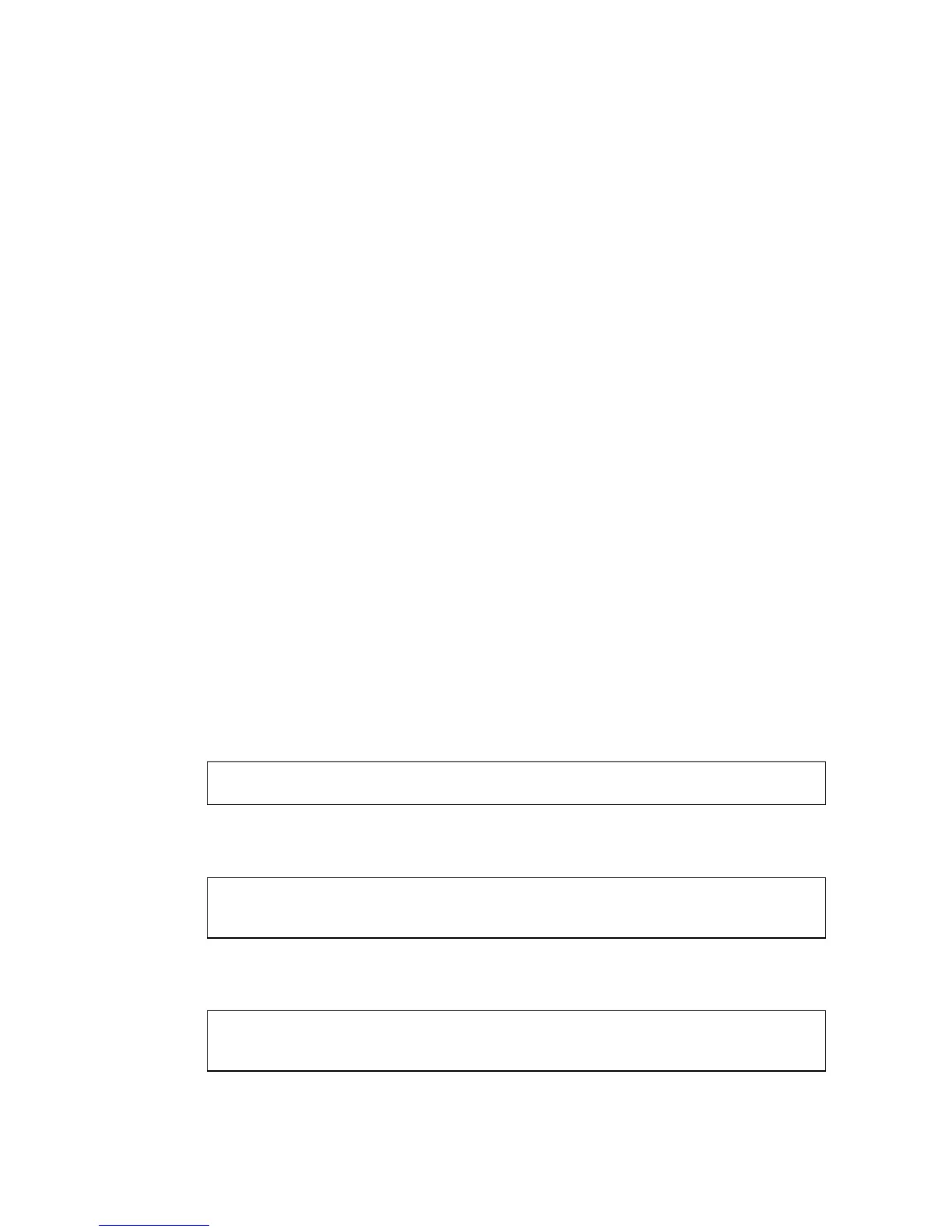